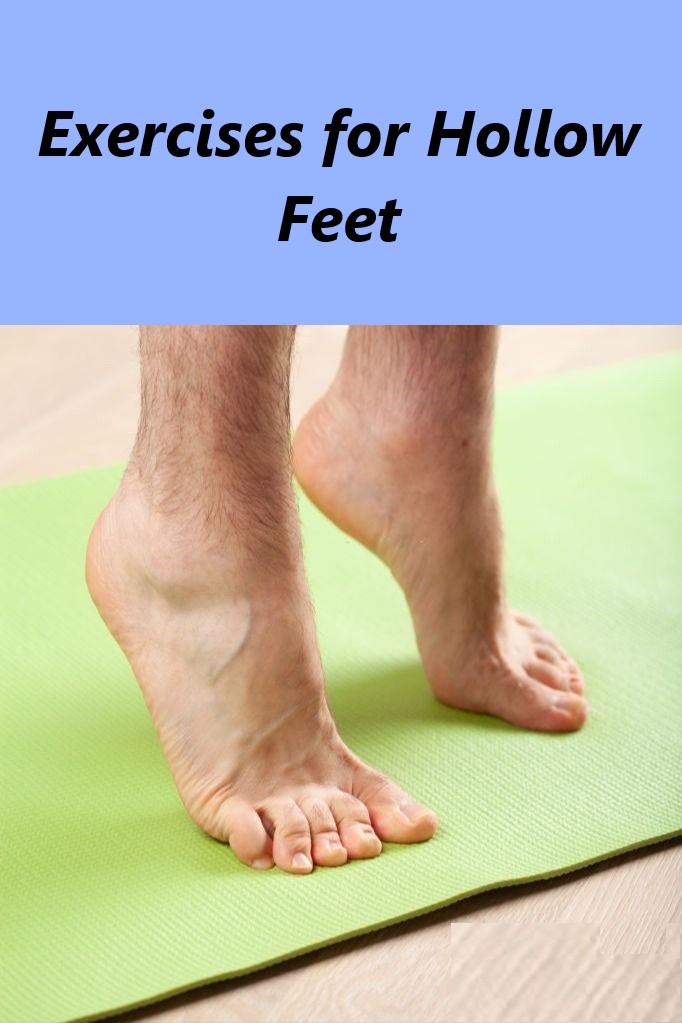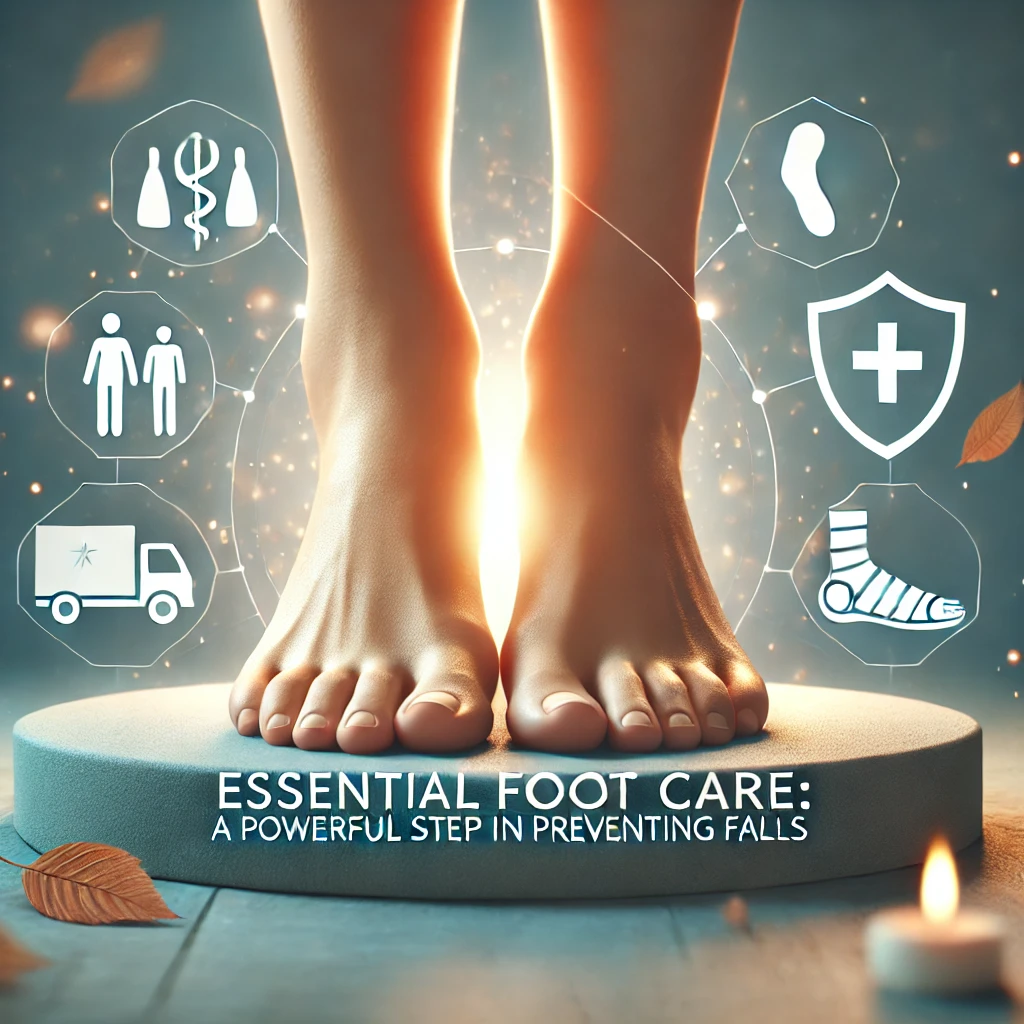Discover the ultimate guide to exercises for hollow feet, designed to provide relief, enhance arch support, and improve foot functionality. Dive into our expertly curated routines to strengthen your feet, alleviate discomfort, and regain balance in your daily life.

Introduction
Dive into the world of managing hollow feet, a condition characterized by high arches that can lead to discomfort and imbalance. Our guide offers a deep dive into exercises specifically designed to address the unique challenges of hollow feet. By focusing on strengthening, stretching, and improving overall foot functionality, you can embark on a path to enhanced stability and reduced pain. Whether you’re struggling with balance issues or chronic foot pain, our expertly curated exercises are your first step towards a more comfortable and active lifestyle.
Table of Contents
Strengthening and Flexibility Exercises for Managing Hollow Feet
Managing hollow feet, or high arches, requires a targeted approach to exercise that focuses on strengthening, stretching, and enhancing the overall functionality of the foot. Here’s an expanded look at exercises beneficial for individuals with hollow feet, providing more detail on their execution and benefits:
1. Arch Stretches
Objective
Increase flexibility in the arches, reducing stiffness and discomfort.

Instructions
- Sit on the floor with your legs straight ahead. Loop a towel around the ball of your foot.
- Gently pull the towel towards you while keeping your knee straight, creating a stretch in your arch and calf.
- Maintain the stretch for 15-30 seconds, ensuring a gentle pull without causing pain.
- Repeat 2-3 times for each foot, focusing on a slow, controlled stretch.
2. Heel Walks
Instructions
- Stand upright and lift the front part of your feet off the ground, balancing on your heels.
- Walk forward on your heels for 30-60 seconds. Keep your steps small and controlled to maintain balance and maximize muscle engagement.
- This exercise not only strengthens the heel area but also helps in improving balance.
Objective
Build strength in the muscles around the heel and ankle, enhancing stability.

3. Toe Raises
Objective
Strengthen the arch and toe muscles, supporting the high arch.

Instructions
- Sit in a chair with both feet flat on the ground. Press your heel firmly into the floor and lift your toes as high as possible, stretching the arch of your foot.
- Hold this position for a few seconds before slowly lowering your toes back to the ground.
- Perform 10-15 repetitions for 2-3 sets, focusing on the lifting and lowering phase to engage the arch muscles effectively.
4. Marble Pickups
Instructions
- Scatter 20 marbles on the floor and place a bowl nearby.
- Using only the toes of one foot, pick up each marble and drop it into the bowl.
- Alternate feet after completing the set.
- This exercise not only improves muscle strength but also enhances coordination and control.
Objective
Enhance toe dexterity and strengthen the underfoot muscles.

5. Calf Raises
Objective
Support the foot arches by strengthening the calf muscles.

Instructions
- Stand with feet hip-width apart, either on the floor or with the balls of your feet on a step for a greater range of motion.
- Slowly raise your heels as high as possible, then lower them below the step level if possible.
- Perform 10-15 repetitions for 2-3 sets, ensuring smooth, controlled movements.
- This exercise benefits both the calf muscles and the stability of the arches.
6. Plantar Fascia Stretch
Instructions
- Stand an arm’s length from a wall, placing one foot behind the other.
- Keep the back leg straight and press the heel into the floor.
- Bend the front knee and lean forward, feeling a stretch in the back leg’s calf and heel.
- Hold for 15-30 seconds and repeat 2-3 times for each leg, focusing on a gentle, consistent stretch.
Objective
Alleviate tension in the plantar fascia and Achilles tendon.

7. Towel Scrunches
Objective
Improve arch support by strengthening the foot muscles.

Instructions
- Sit with a towel spread out on the floor in front of your feet.
- Use your toes to scrunch the towel towards you, then spread it back out.
- Repeat for 2-3 sets of 10-15 scrunches, focusing on engaging the muscles in your arches.
8. Ankle Circles
Instructions
- Sit comfortably or lie down, extending one leg.
- Rotate your foot in large, circular motions, aiming for 10 circles in each direction.
- Switch feet after completing the set.
- This exercise promotes blood circulation and flexibility in the ankle joint, beneficial for overall foot health.
Objective
Increase ankle mobility and flexibility.

Incorporating these exercises into your daily routine can significantly improve the symptoms associated with hollow feet. It’s important to listen to your body and adjust the intensity of the exercises to avoid strain. Consulting with a healthcare professional for personalized advice and modifications can further enhance the effectiveness of your exercise regimen, ensuring safe and beneficial practices for managing hollow feet.
Tips for Exercises for Hollow Feet
| Warm-Up Properly: Begin each exercise session with a gentle warm-up to prepare your muscles and joints, reducing the risk of injury. |
| Wear Appropriate Footwear: Choose shoes that provide adequate support and cushioning during exercises, especially for activities that involve standing or walking. |
| Maintain Consistency: Regular practice is key to seeing improvements. Aim to incorporate these exercises into your daily routine. |
| Listen to Your Body: If any exercise causes pain beyond mild discomfort, stop immediately. It’s important to differentiate between the sensation of stretching and actual pain. |
| Gradual Progression: Start with fewer repetitions and sets, gradually increasing as your strength and flexibility improve. |
| Focus on Form: Pay close attention to your form and technique during each exercise to maximize benefits and avoid strain. |
| Stay Hydrated: Proper hydration is crucial for muscle function and recovery. Ensure you drink plenty of water before, during, and after your exercise sessions. |
| Cool Down: Finish your exercise routine with a cool-down period, including gentle stretching to help your muscles relax and recover. |
Incorporating Balance Training
Balance issues are a common concern for individuals with hollow feet due to the reduced surface area in contact with the ground. Incorporating balance training exercises can help improve stability and reduce the risk of falls.
- Single-Leg Stands: Stand on one foot, holding the position for as long as possible. Use a wall or chair for support if needed. Aim for 30 seconds to 1 minute on each foot.
- Balance on an Unstable Surface: Use a balance board or a cushion to stand on, first with both feet and then progressing to one foot. This exercise challenges your stability and strengthens the muscles that support your arches.
Flexibility and Mobility Work
Improving flexibility and mobility in the feet and ankles can further support the management of hollow feet, enhancing range of motion and reducing stiffness.
- Yoga for Feet: Certain yoga poses focus on stretching and strengthening the feet and ankles. Poses like “Downward-Facing Dog” and “Mountain Pose” can be particularly beneficial.
- Dynamic Stretching: Incorporate dynamic stretches that mimic the movement patterns of your daily activities or sports. This can include toe taps, ankle circles while moving, and gentle bouncing on the balls of your feet.
By integrating these tips into your routine, you can create a comprehensive approach to managing hollow feet. This holistic strategy not only addresses the symptoms but also works towards improving overall foot health and functionality. Remember, consistency and attentiveness to your body’s needs are crucial for achieving the best outcomes.
FAQ Section
Q: What causes hollow feet?
A: Hollow feet, or high arches, can result from genetic factors, neurological conditions, or muscular imbalances, leading to increased stress on specific foot areas.
Q: How often should I perform these exercises?
A: For optimal results, aim to incorporate these exercises into your daily routine. Consistency is key to improving foot strength and flexibility.
Q: Can exercises alone manage hollow feet?
A: While exercises are crucial for managing symptoms and improving foot function, they are most effective when combined with proper footwear and, in some cases, orthotic support.
Q: Are these exercises suitable for everyone with hollow feet?
A: Most people with hollow feet can benefit from these exercises. However, it’s important to listen to your body and consult with a healthcare professional if you experience any pain or discomfort.
Conclusion

Managing hollow feet doesn’t have to be a daunting task. With the right exercises, you can significantly improve your foot health, alleviate discomfort, and enhance your overall quality of life. Remember, the journey to better foot health is a marathon, not a sprint. By incorporating these targeted exercises into your daily routine and making necessary lifestyle adjustments, you can take control of your hollow feet and stride towards a future of improved stability and pain-free movement. Embrace this journey with patience and persistence, and watch as your feet transform into pillars of strength and flexibility.










